Tata Motors said it has supplied 40 9m 900mm Floor Height Non AC buses to the Jammu & Kashmir State Road Transport Corporation. Governor Satya Pal Malik flagged off the buses in the presence of Arvind Ganpat Sawant, Union Minister for Heavy Industries & Public Enterprises and officials from Jammu & Kashmir State Road Transport Corporation (JKSRTC) and Tata Motors at an event held in the city. Some of these buses are plying on the difficult terrains of the Jammu to Katra (Vaishno Devi) route and these electric buses will also ply in the valleys of Srinagar.
Manufactured at Tata Motors Dharwad plant, the Ultra Electric buses will have a traveling range of up to 150 kilometers on a single charge. The indigenously developed e-buses offer superior design and best-in-class features. The Li-ion batteries have been placed on the rooftop to prevent breakdown due to waterlogging. The batteries are liquid cooled to maintain the temperature within an optimum range and ensure longer life along with better performance in tropical conditions.
Speaking on the occasion, Rohit Srivastava, Vice President and Product Line Head – Passenger Commercial Vehicles, Tata Motors, said, “With growing environmental concerns, electric bus will be extremely vital for mass transit because it is not only energy efficient but also reduces overall cost per kms. Tata Motors has always been at the forefront of the E-mobility evolution and this order from JKSRTC is a testament of our excellent range of buses built for STUs in India. Our in-depth understanding of sustainable public transport for different markets and customers has helped us differentiate from our competitors. The electric buses will play an integral role in reduction of pollution load in the congested areas of our metropolis. We are determined to develop alternate fuel technologies and create more energy efficient vehicles thereby supporting the government’s efforts towards promoting electric vehicles in the country.”
Dr. A.K. Jindal, Head Engineering (Electric & Defence), CVBU, Tata Motors said, “Tata Motors has been engaging in advanced engineering and development of electric traction system for Hybrid as well as Pure Electric vehicles for over a decade. The Ultra Electric Bus is a new modular platform, which has been developed in a very short lead-time of less than a year, leveraging the knowledge and experience we have gained and demonstrating our commitment to the Government of India’s National Electric Mobility Mission Plan for Public Transport. The architecture of the platform has been conceived and developed by in-house engineering team of Tata Motors, meeting the requirement of various tenders floated by different state transport undertakings. The exterior has been designed with new brand identity that includes stylized Ultra headlamps and streamlined looks. The vehicle architecture ensures very low energy consumption and low TCO (total cost of operation) apart from being a Zero Emission environment friendly bus.”
The new-age Ultra Electric buses, powered by an Integrated Electric Motor Generator are built on existing proven platforms of Starbus and Ultra. With a max power of 245KW and continuous power of 145KW, the buses have a seating capacity of 31 + 1D seats. The buses will help in zero tailpipe emissions, 50% lower fuel costs, 20% better energy consumption and lower maintenance downtime as compared to diesel buses. As an industry first, there will be air suspension for both front and rear axles to make travel more comfortable for the commuters. Integrated electric motor generator with a peak power of 333HP can deliver 197HP continuously ensuring effortless driving in congested roads and frequent start stops needing no shifting of gears.
Commenting on the occasion, Bilal Ahmed Bhatt, Managing director, JKSRTC said, “The need for a cleaner, smarter and safer mode of transportation is a prerequisite for Jammu and Kashmir, due to the alarming rise of air pollution in the city. Tata Motors has pioneered technological innovations in the bus segment with an in-depth understanding of different market conditions, making it a perfect fit for us. Tata Motors will be delivering 40 e-buses, which will soon ply on the roads of Jammu and Kashmir. We look forward to continue this association.”
The critical electrical traction components have been sourced from internationally known best-in-class suppliers in USA, Germany and China offering proven products. The buses have been tested and validated by Tata Motors across states including Himachal Pradesh, Chandigarh, Assam and Maharashtra to establish performance in diverse terrains. The company has tenders to supply 255 electric buses to six public transport undertakings including WBTC (West Bengal), LCTSL (Lucknow), AICTSL (Indore), ASTC (Guwahati), JKSRTC (Jammu) and JCTSL (Jaipur). In addition to this, the company is also working on developing its electric mini-bus segment in the near future.


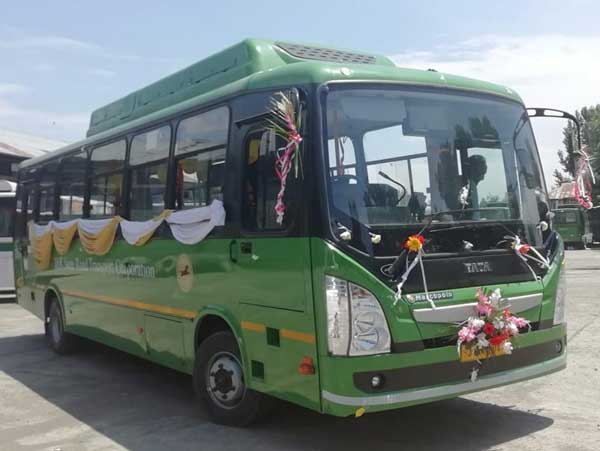



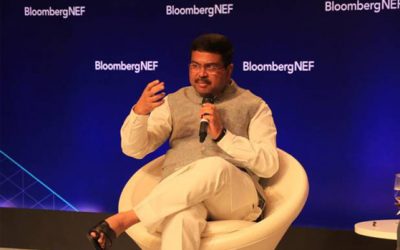

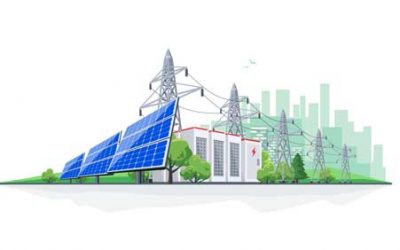

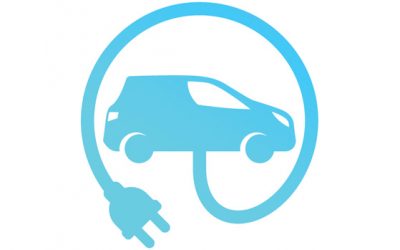

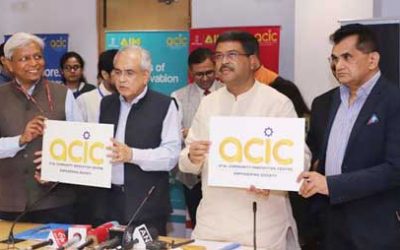

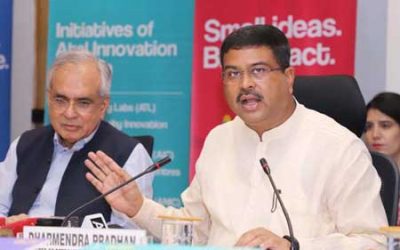

0 Comments